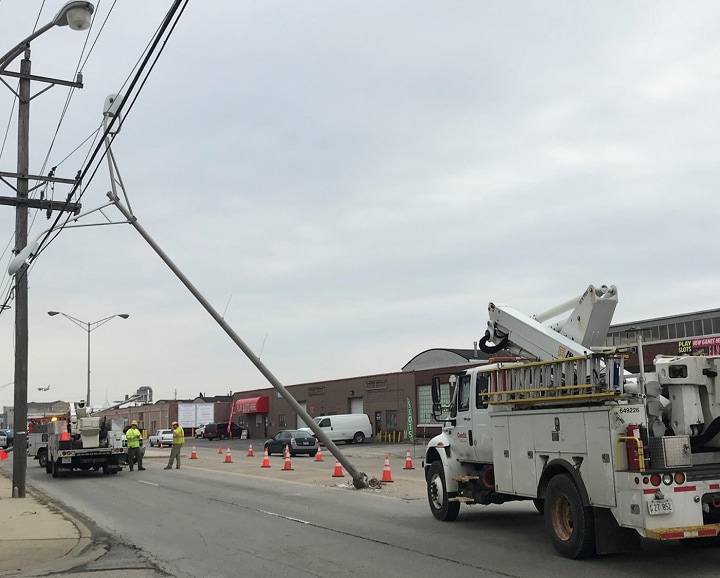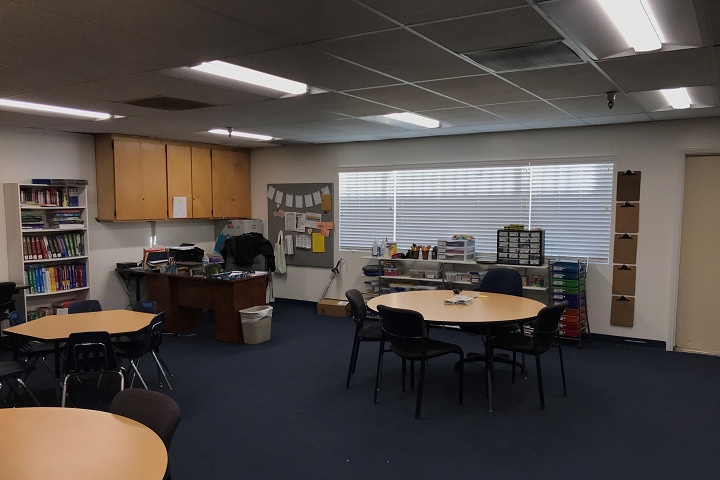
Most would agree that we are in an unprecedented period of modern human history because of the pandemic. With the mandated shutdowns, social distancing, and all the precautionary measures in place, our society is profoundly affected in more ways than one. In the midst of this madness and chaos, each of us is finding new ways to cope with and still continue our daily routines. Thankfully the internet enabled services of teleconferencing, distance learning, and media streaming can help us make the most out of the current situation. If you look back at the history of mankind, we have always bounced back from each adversity. I have no doubt that we will overcome the latest adversity by following the recommended hygiene practices, social distancing, self-sacrifices, collaboration, and creative problem-solving.
While most of us are in home confinement and practicing social distancing, what are the lessons learned and what should we do once normalcy is restored? Are there things that we can do when the pandemic is over that will not only enable us to rebound but also help us to become more resilient, stronger, and smarter?
Machine as the sensor of human experience
For the lighting industry and the commercial sector in particular, my speculation is that this pandemic will accelerate the adoption of connected lighting systems. Without getting into all the technical details, the core of any connected lighting system boils down to telemetry, which is the process of recording and transmitting the readings of an instrument. For something as indispensable to our society as lighting fixtures, telemetry technology will greatly enhance the ease of control and maintenance. Especially for the world in which travel restrictions and social distancing are encouraged and enforced, having the ability to remotely manage/monitor the lighting fixtures will become the norm going forward. A while back a presenter from a technology forum explained this Internet of Things (IoT) transformation with a very interesting perspective:
Human being has traditionally been the sensor of machine experience; however, in the world of Internet of Things (IoT), machines will become the sensor of human experience.
In the other words, the role of machine and human being will switch once we put telemetry capabilities into the devices around us.
Better preparation for when the next disaster strikes
To put the notion of connected lighting in a better context, I would like to share a situation I encountered in Chicago late last year. One day as I was driving to the south side to meet with a vendor I encountered a traffic stop. The police was ahead of where I was and was redirecting traffic. I soon realized a street light was hit earlier in the day and was precariously hanging by the power cables. After I left the meeting an hour later, I was very surprised to see that the repair crew was still there waiting for extra help to arrive.

If this particular street light had been part of a connected lighting system, I have no doubt this situation would have been detected and repaired faster. The repair crew would have likely been dispatched with the right replacement parts when they left the maintenance facility because of telemetry feedback. While we are seeing a growing adoption of the connected lighting systems in general, we are still at the early stages of this technology adoption. By deploying an all-digital connected lighting system as the one I described in my previous blog post, the upfront investment we make today could minimize the economic impact of accidents and natural disasters (such as hurricanes and wild fires) down the road.
In the not-too-distance future, with advancement in data analytics and machine learning, an all-digital connected lighting system may even be able to notify the lighting system administrator not only when a light fixture is out of service, but also when it is about to fail due to normal wear and tear. This will make field maintenance even more efficient, because all the site visits can be scheduled ahead of time based on the repair crew’s work schedule and their routes to each site.
Connected lighting improves user experience
Another very interesting use case for connected lighting systems is in the area of human centric lighting (HCL). In this application, the changing intensity as well as color temperature of the light source could improve the mood of the room occupants. In an earlier blog, I discussed how the technology advancements have made human centric lighting (HCL) more affordable and easier to use. Right before the 2020 Strategy in Light show in San Diego, I had the opportunity to observe first-hand how a HCL solution had impacted a teacher and her students in a very profound way.

More immersive experience through connected lighting
In addition to remote monitoring and networked lighting control, what if you push the idea of connected lighting systems one step further? In my other blog, I described what the lighting industry might be like a decade from now. In that future world, connectivity will the key and data will be the lifeblood of the digital world. In the so-called mirror world, machine learning, augment reality, and an all-digital lighting infrastructure will be the three key pillars for the connected lighting system. By integrating these technologies seamlessly, we will be able to expand the main role that the lighting fixture plays today, which is to illuminate our surroundings. New technologies will beget new and novel use cases going forward. Just this past weekend I experienced first-hand the power of augmented reality technology when I was checking out a new desk lamp online (check out the “view in my room” feature from your smartphone). This type of immersive experience should give you a hint of what the future might be for both residential and commercial lighting applications.
Summary
While none of us can predict when this pandemic will be over, history has shown that time and time again the resiliency of mankind when dealing with adversities. I have no doubt that through recommended hygiene practices, social distancing, self-sacrifices, collaboration, and creative problem-solving, we will be triumphant in our battle against this pandemic. More than ever, now is the moment that we should pause and contemplate how the connected lighting systems can benefit us and our society, not just for the present but also for tomorrow. In the future, telemetry is the key and data will be the lifeblood of the IoT world. With a modern, all-digital connected lighting system, we will not only be able to better cope with future disasters through remote monitoring and diagnostics, our lives will be transformed with new and exciting new use cases that are looming in the horizon.

November 14, 2023
How lighting technology can help reduce risks to migrating birds